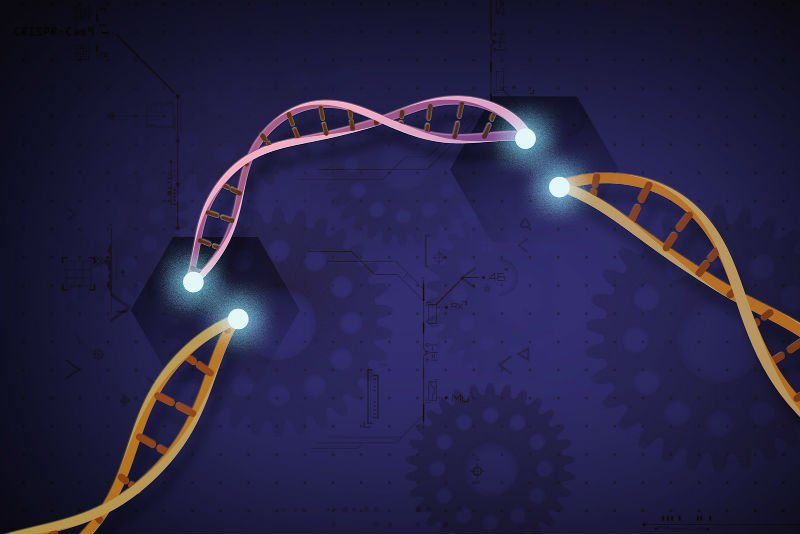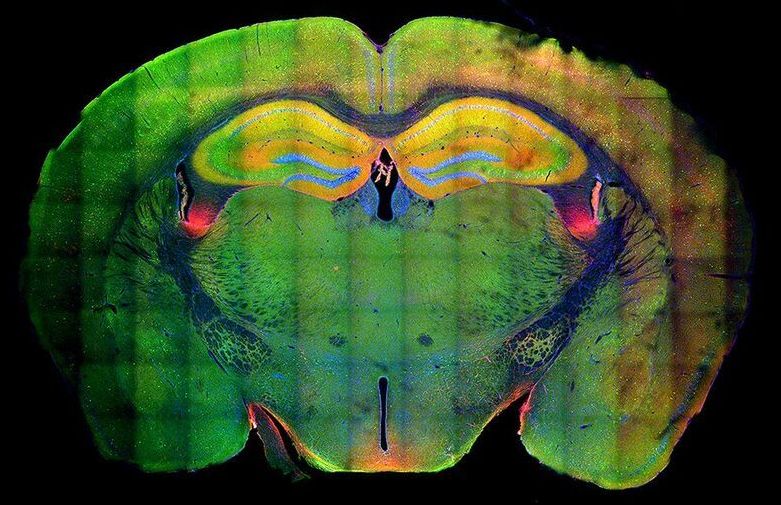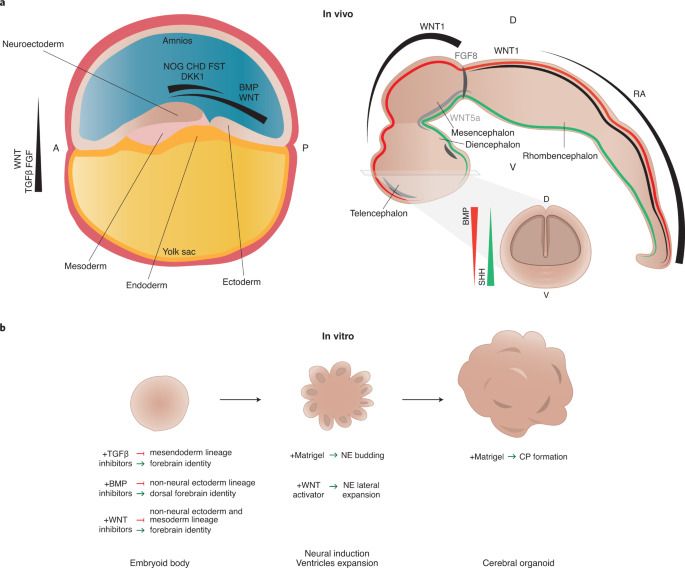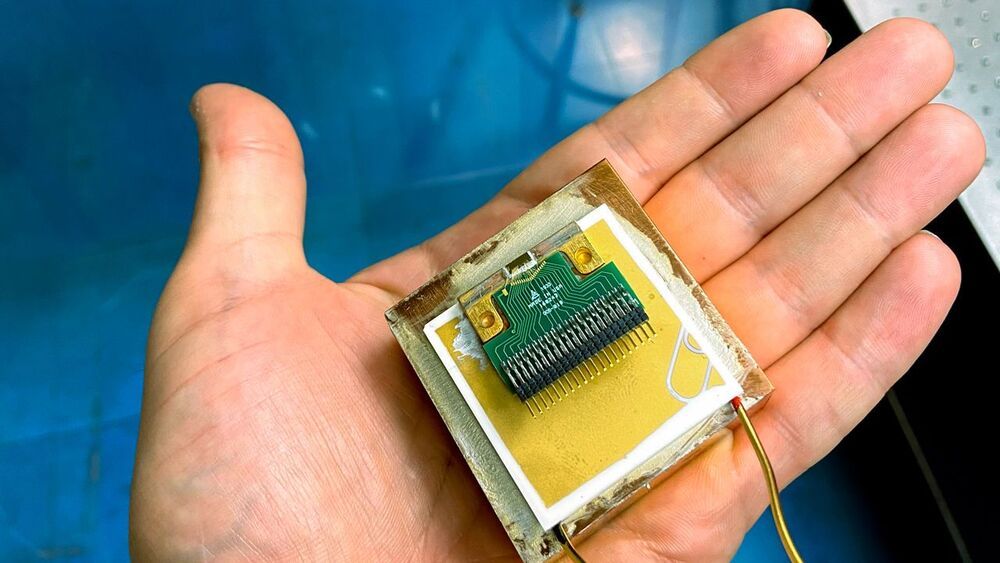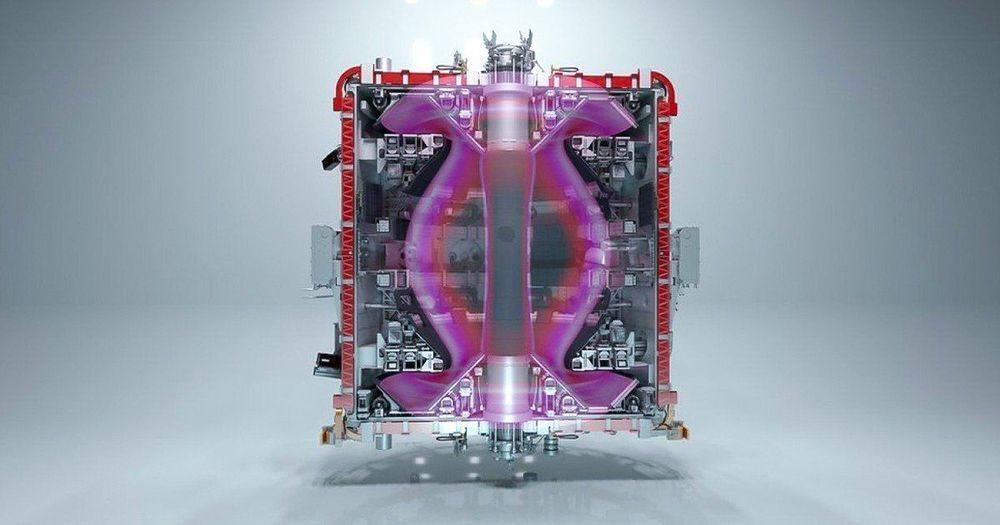Nov 4, 2020
PerkinElmer snaps up CRISPR provider Horizon Discovery in $383M deal
Posted by Genevieve Klien in categories: bioengineering, biotech/medical, genetics
PerkinElmer has moved to expand its life sciences portfolio with CRISPR and gene editing offerings by snapping up the cell engineering specialist Horizon Discovery.
The $383 million, all-cash deal will add gene modulation tools that—in combination with its own work in applied genomics solutions—aims to provide next-generation research tools and the customized cell lines necessary for developers of new targeted therapies, and broaden PerkinElmer’s partnership work with academic researchers and the biopharma industry.
The Cambridge, U.K.-based Horizon, with about 400 employees worldwide with offices in the U.S. and Japan, provides genetic base editing technologies for living cell models using CRISPR reagents, as well as gene modulation products using RNA interference methods.
